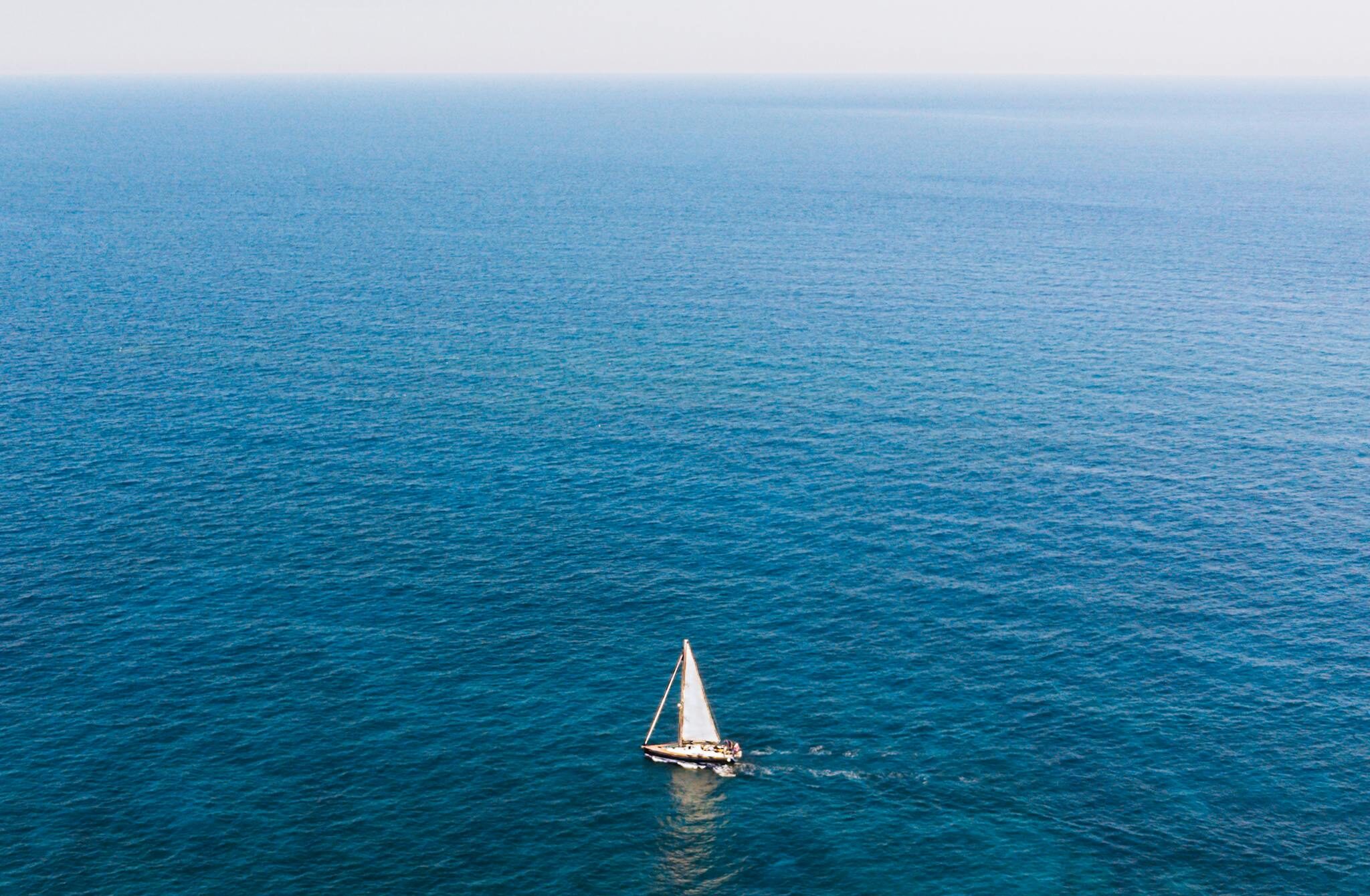Sailing the Atlantic

Sailing across the Atlantic Ocean represents one of the most challenging and rewarding maritime adventures available to modern seafarers. Whether you’re an experienced sailor planning your first ocean crossing or a maritime enthusiast researching this ambitious undertaking, this comprehensive guide will provide you with essential information for a successful Atlantic voyage. From crucial preparations to route selection, we’ll explore every aspect of this remarkable journey.
Planning Your Atlantic Crossing: Essential Preparations
The foundation of a successful Atlantic crossing lies in meticulous preparation, beginning months or even years before departure. Your vessel must undergo a thorough inspection and refit, ensuring every component—from the hull integrity to the rigging—meets oceanic voyage standards. This includes installing or upgrading essential systems such as autopilot, watermakers, and power generation equipment.
Beyond vessel preparation, crew selection and training are paramount. Each crew member should possess relevant qualifications and experience, understanding their roles and responsibilities. Regular team training sessions, including man-overboard drills, emergency procedures, and watch schedules, must be conducted well before departure to ensure seamless coordination at sea.
Weather Patterns and Optimal Sailing Seasons Explained
The Atlantic Ocean experiences distinct weather patterns that significantly influence sailing conditions throughout the year. The most favourable time for an eastbound crossing is typically between May and August, when sailors can benefit from the prevailing westerlies and stable weather conditions. For westbound passages, November to January offers optimal conditions, though sailors must be vigilant about potential hurricane season overlap.
Understanding weather systems, including the North Atlantic High, tropical depressions, and trade winds, is crucial for route planning. Modern weather routing services and satellite forecasting systems provide valuable data, but sailors should also develop competency in reading weather charts and recognising weather patterns through traditional observation methods.
Navigation Equipment and Communication Systems at Sea
Modern ocean navigation relies on a combination of traditional and electronic systems. Essential equipment includes GPS chartplotters, radar systems, AIS transponders, and backup traditional navigation tools such as sextants and paper charts. Redundancy in navigation systems is crucial, as electronic equipment can fail in harsh maritime conditions.
Communication equipment must include both short-range and long-range systems. VHF radio, satellite phones, HF radio, and emergency position-indicating radio beacons (EPIRBs) form the backbone of maritime communications. Regular equipment testing and familiarity with various communication protocols are essential for maintaining contact with shore-based support and other vessels.
Safety Protocols and Emergency Response Procedures
Safety at sea demands a comprehensive approach to both prevention and response. Essential safety equipment includes life rafts, personal flotation devices, harnesses, jacklines, and extensive first-aid supplies. All equipment must be regularly inspected, and crew members should be thoroughly trained in their use and deployment.
Emergency response procedures must be documented and rehearsed regularly. This includes protocols for fire fighting, taking on water, medical emergencies, and abandoning ship. Each crew member should understand their role in various emergency scenarios and be capable of executing necessary procedures under challenging conditions.
Provisioning and Resource Management for Long Voyages
Proper provisioning requires careful planning to ensure adequate supplies for the entire journey, plus a reasonable reserve. Food selection should focus on non-perishable items with high nutritional value, supplemented by fresh produce where storage allows. Water management is crucial, with careful consideration given to storage capacity, watermaker reliability, and emergency reserves.
Resource management extends beyond food and water to include fuel, spare parts, and medical supplies. Careful monitoring of consumption rates and regular inventory checks help maintain optimal resource levels throughout the voyage. Energy management, including battery charging schedules and fuel conservation strategies, requires constant attention.
Choosing the Right Route: Popular Atlantic Passages
The traditional Atlantic routes have been established through centuries of maritime experience. The most popular passages include the ‘Milk Run’ from the Canary Islands to the Caribbean, following the trade winds, and the Northern Route between North America and Europe. Each route offers unique challenges and advantages, influenced by seasonal weather patterns and oceanic currents.
Route selection must account for factors such as vessel capabilities, crew experience, and seasonal conditions. Careful consideration should be given to potential stopover points, emergency harbours, and alternative routes in case of adverse conditions. Modern routing software can assist in optimising passage planning, but should always be used in conjunction with traditional navigation wisdom and local knowledge.
Crossing the Atlantic Ocean under sail remains one of sailing’s greatest adventures, combining traditional seamanship with modern technology and careful planning. Success depends on thorough preparation, comprehensive knowledge, and respect for the ocean’s power. While this guide provides a foundation for planning your Atlantic crossing, remember that continuous learning and adaptation to changing conditions are essential elements of safe ocean passage-making. With proper preparation and a healthy respect for the sea, an Atlantic crossing can be the adventure of a lifetime.



